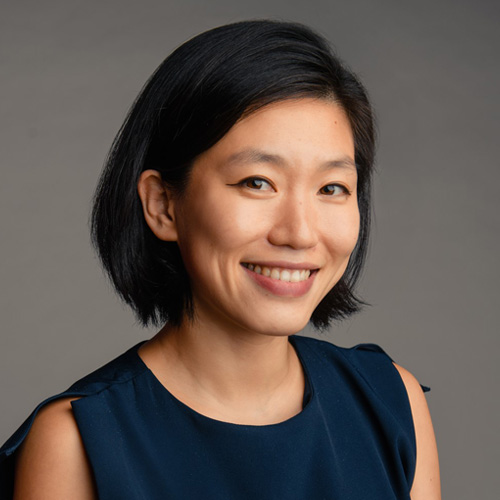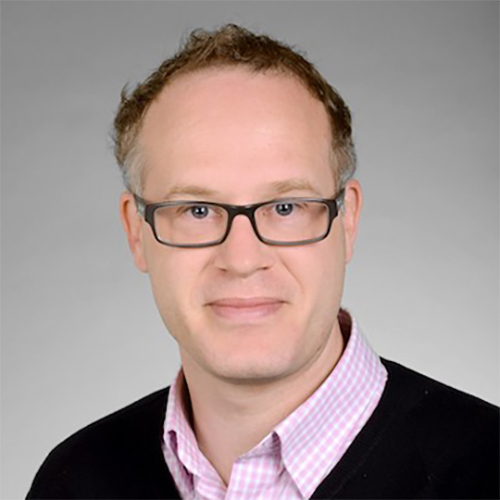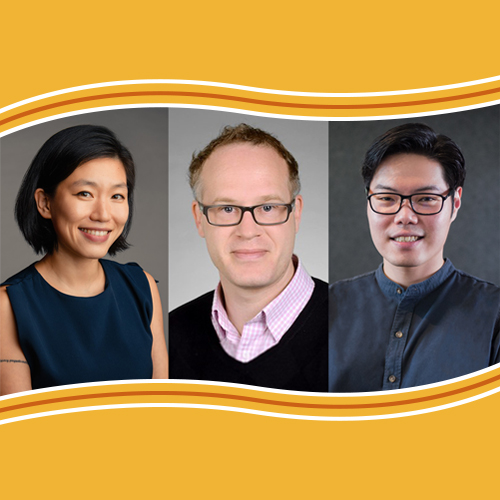Highlights
CQT welcomes three new Principal Investigators: Meet Charles Lim
 Charles has a love for science and building things. He attributes his passion for physics and engineering to two items from his childhood – an encyclopaedia series in science and lego bricks. Image credit: A*STAR
Charles has a love for science and building things. He attributes his passion for physics and engineering to two items from his childhood – an encyclopaedia series in science and lego bricks. Image credit: A*STAR
Charles Lim is one of three new Principal Investigators announced at CQT in May 2020. Formerly a CQT Fellow, he shares an appointment with the NUS Department of Electrical and Computer Engineering, Faculty of Engineering, where he has established research in theoretical and practical quantum communication with funding from Singapore’s Quantum Engineering Programme and an NRF Fellowship, class of 2019. Find more information at the website of Charles' group.
What was your path into research?
I received my PhD in quantum cryptography from the University of Geneva, under the tutelage of Nicolas Gisin and Hugo Zbinden, and my BSc degree from NUS Physics, where I did my final year project under Valerio Scarani (used to be my football kaki). Now, I no longer play football regularly, and have found myself more involved in badminton, which I play on a weekly basis with social teams. Personally, I value failures more than successes, for these have taught me the most in science and in life.
What was a failure that you’ve learned from?
For instance, when I first started my PhD, my supervisors gave me one of the hardest problems in the field and I was tasked to deal with it alone. It was extremely daunting then, having to face with a new environment, new research topic, and new expectations. I remembered being very close to quitting my PhD after just five months, because even after madly trying to grasp everything mathematically, I didn’t make any progress. However, in moments when I was just staring at the problem (literally on the blackboard for hours), I started seeing gaps in other topics. These satellite topics started surfacing presumably because I have acquired many new concepts and tools along the way and could now appreciate them better. I decided then to defer the main problem to a later date and started working on these new problems. This topic is related to the security of finite-length secret keys, and as you can see, has become one of my defining research works. So I guess the take-away message is this: every cloud has a silver lining, and that research is often about accepting failures and making the most out of them.
Tell us about your research?
My research is in quantum cryptography and I tend to work on topics whose outcomes are largely translatable. I guess this inclination towards translational research came from my early formation as a computer engineer and entrepreneur. In quantum cryptography, my team and I at the Faculty of Engineering work on topics ranging from device-independent cryptography, through security proof techniques, to quantum integrated photonics. Indeed, we work on both theory and experiment, and we believe this is the way to go, to achieve true innovation in an otherwise saturated research field. On the industry side of things, we are also working on QKD standards (within the ISO framework) and with nanoelectronics R&D hubs like Imec to develop next-generation quantum devices. We are quantum engineers, but we also love our quantum principles.
I didn’t know you had experience in entrepreneurship. What did you do?
When I was 19, I was invited by a senior engineer friend to join him and a couple of other engineers in starting a company specialising in making certain engines more efficient. The experience as an entrepreneur was useful; it inspired me to build things that people care about.
What are your hopes for your field?
My hope for quantum cryptography is that some of its quantum technologies can be made practical enough to be deployed in practice. To do this, it is important to take inputs from multiple sectors, especially the information security sector, where problems beyond channel security are considered. It is also important to underline that quantum cryptography is not going to replace all of the IT security techniques we use today. I believe only the most discerning users will really need quantum cryptography. Hence we have to look at a holistic approach when we bring quantum cryptography to the market.
How did you know that you wanted to be a scientist?
I got hooked on physics and engineering when I was very young, perhaps when I was in primary 1 or 2. My love for science and building things can be traced back to two things I owned when I was young: an encyclopaedia series in science, and a pile of Lego bricks. Back then, there was no internet, and all my identical twin brother, Ci Ji, and I had was a bunch of science books and Lego, and we simply built toys from the pile. So I guess we eventually got the idea that any physical matter in the world can be constructed from tiny building blocks, and it is always possible to create new tools from basic ideas. In a way, we grew up as scientists, and now we are researchers. Ci Ji will be starting his new position as an Assistant Professor at the Department of Biochemistry at University of Wisconsin-Madison in the fall of this year.
You were a CQT Fellow and now you are a PI. What are you looking forward to most in your new role?
Personally, the move is akin to shifting from a nominated Member of Parliament (MP) position to an elected MP position. The research interests before and after are the same, and perhaps the only difference is that I can now see how the centre functions more clearly, and I can play a more active role in outreach.










